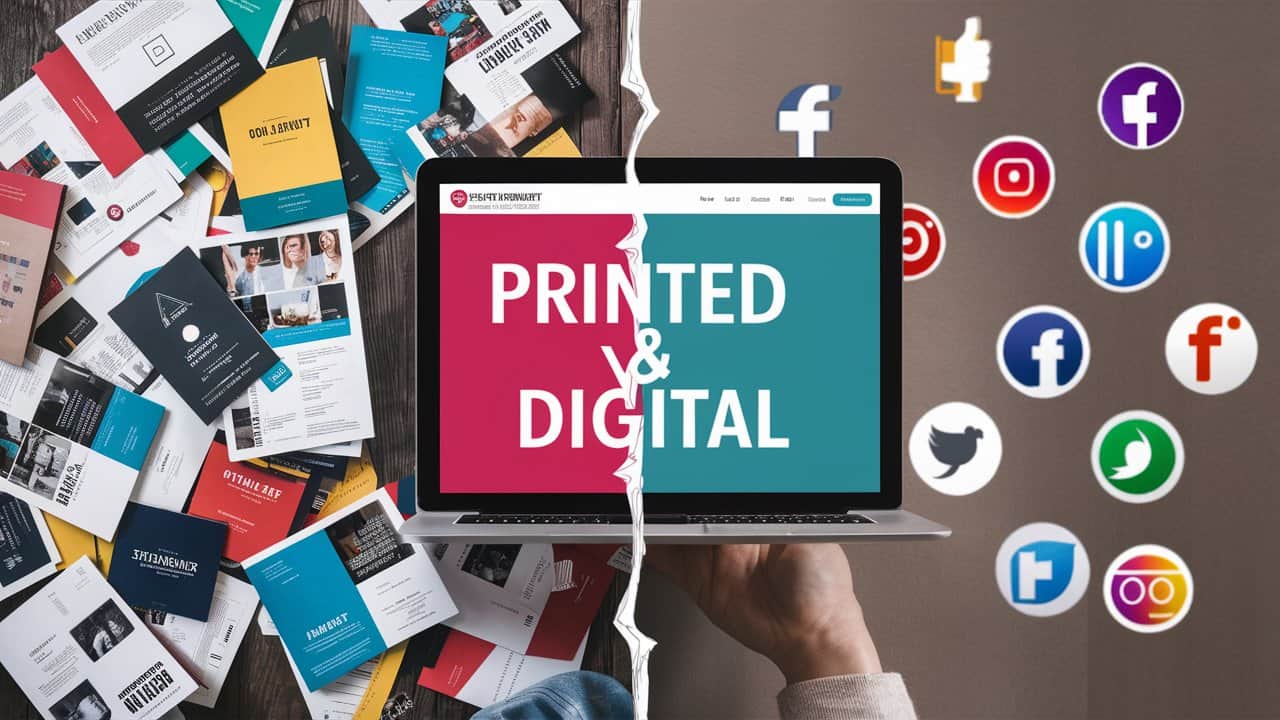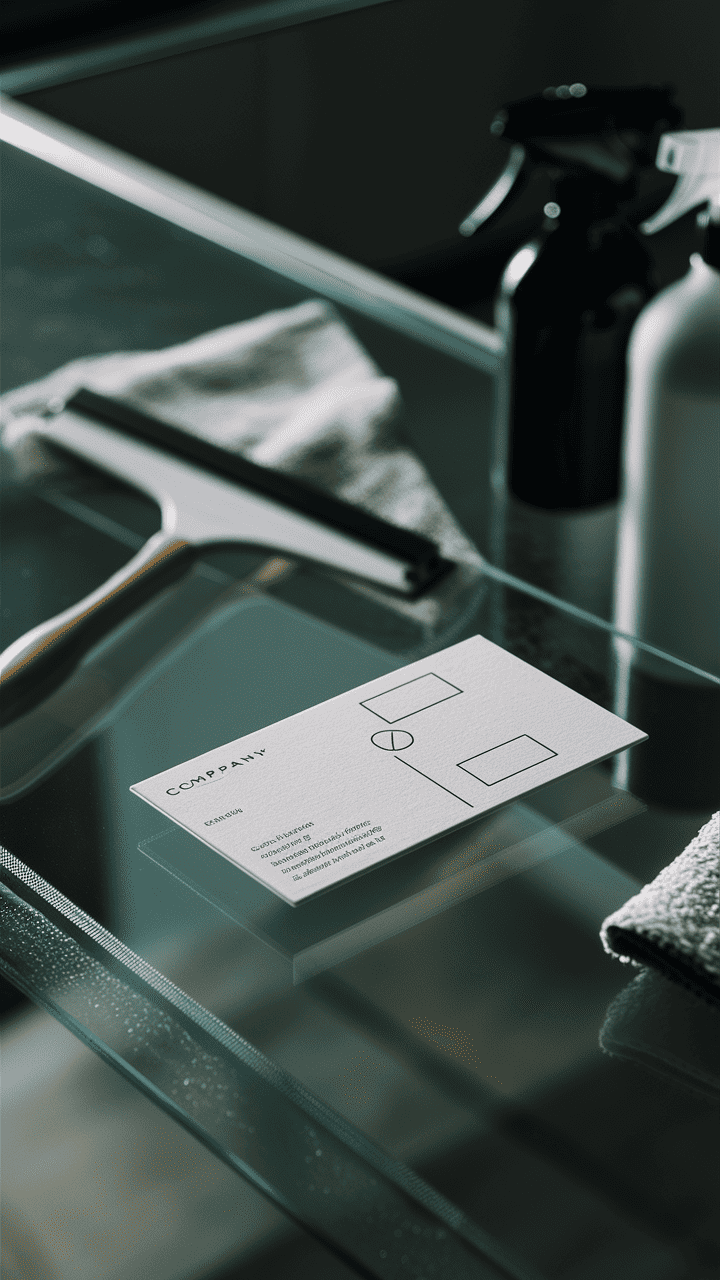Why Traditional Business Cards Still Outshine Digital Alternatives
When was the last time you scrolled through your phone’s contact list, stumbled upon an entry and instantly recalled who that person was, the context of your meeting, and their professional offering? Probably not often. Yet, a quick glance at a business card sitting on your desk can effortlessly jog your memory. That’s the enduring power of traditional business cards.
With the surge of digital business cards using RFID, NFC, and QR codes, it might seem like the humble printed card is facing obsolescence. However, many small business owners and startup founders continue to lean on physical cards as their go-to networking tool. Why? Because traditional business cards offer a unique value that digital alternatives struggle to replicate.
This post dives into why traditional business cards still hold a significant edge and how blending them with technology can be the perfect strategy for professionals navigating modern networking events.
The Power of a Physical Reminder
Traditional business cards hold a tangible reminder of your meeting. Unlike a purely digital interaction, they leave a lasting mark, quite literally.
- Staying Visible
Imagine handing someone a sleek, well-designed business card. Whether it gets tucked into a wallet, pinned on a bulletin board, or placed in a desk drawer, it remains a visual anchor. Days or weeks later, your contact can stumble upon it and immediately be reminded of your conversation.
Contrast this with digital cards. While convenient, they often get buried in crowded digital ecosystems. A new contact saved in a phone can be easily forgotten amidst hundreds of names.
- Creating a Physical Connection
Business cards are not just informational tools; they’re a piece of you. The texture, weight, and design of the card communicate professionalism and attention to detail. A glossy finish, unique embossing, or bold typography not only conveys your brand but also leaves a sensory impression.
When you combine the tangibility of a physical card with the personal interaction of handing it over, it creates a connection that screens simply cannot match.
The Risk of Being Forgotten with Digital Cards
Digital business cards may seem futuristic, but they present unique challenges.
A Crowded Contact List
How many digital contacts do you save during an event, only to later forget who’s who? Without a physical item to associate with a name, it becomes harder to recall the specifics of your interaction.
Traditional business cards combat this issue. A glance at the card can remind someone of your name, your role, and even where you met. A striking logo or tagline on the card works as a visual cue, helping to keep your brand at the forefront of their memory.
Lack of Personalization
Digital entries can feel transactional. A simple tap or scan might seem efficient, but it lacks the emotional resonance of a face-to-face exchange where a card is offered personally with a handshake and eye contact. These small touches create a stronger emotional impression, which is vital in business relationships.
Best of Both Worlds: Enhancing Traditional Cards with Technology
While traditional cards win in creating tangible connections, they don’t have to remain old-school. Modern technology can enhance business cards without diminishing their core effectiveness.
Adding QR Codes
Picture this: You hand over a beautifully designed card, and in one corner sits a neatly placed QR code. The recipient scans it and instantly accesses your contact details, website, or LinkedIn profile. It’s seamless, modern, and much easier than typing in URLs or manually saving a number.
QR codes bridge the gap between the physical and digital. They give your contacts access to your digital presence while keeping the tactile benefits of a physical card intact.
Offering Instant Access
By integrating a QR code or NFC chip into your card, you create a hybrid tool that addresses all preferences. Some people still love placing cards in their Rolodex, while others prefer the convenience of saving contacts digitally. With such enhancements, your card caters to everyone.
Keeping Control Over Brand Design
Technology should amplify—not overwhelm. Your business card remains a reflection of your identity, and careful integration of elements like QR codes ensures that your branding stays front and center. This “best of both worlds” approach is especially vital for startups, where every impression counts.
Stay Memorable, Stay Relevant
For small business owners and startup founders, networking is often about leaving an impression that sticks. Traditional business cards excel in achieving this. Their tangibility, emotional connection, and ability to stay present in everyday surroundings give them an undeniable edge over purely digital options.
However, that doesn’t mean dismissing technology entirely. By incorporating QR codes or NFC features, you can leverage the benefits of digital while holding onto the essence of what traditional cards do best.
Make your business connections meaningful by blending the timeless with the modern. The result? A networking game that ensures you’re memorable, accessible, and adaptable all at once.







